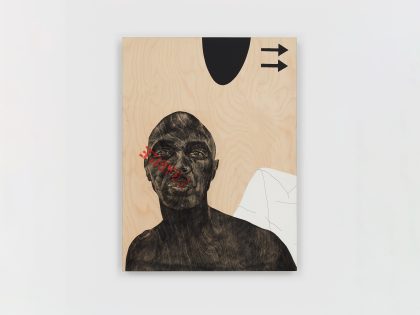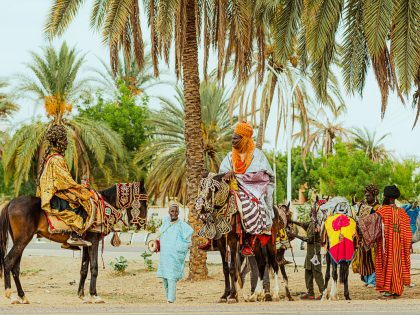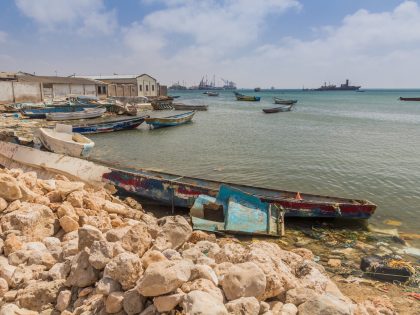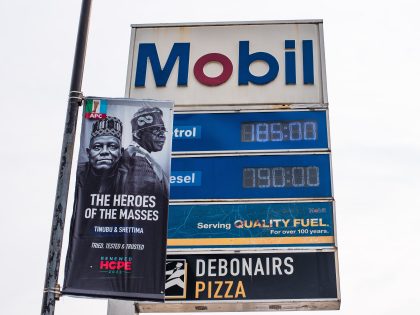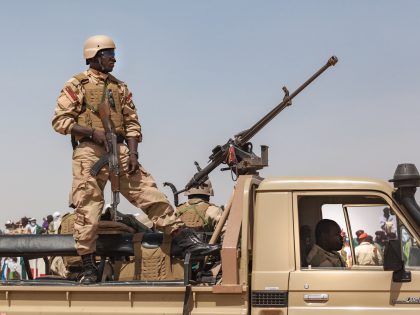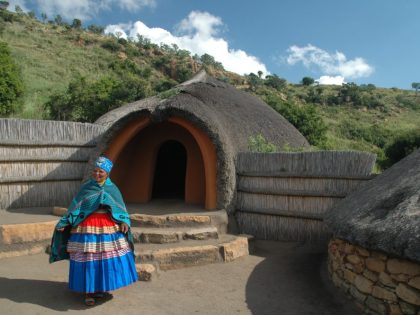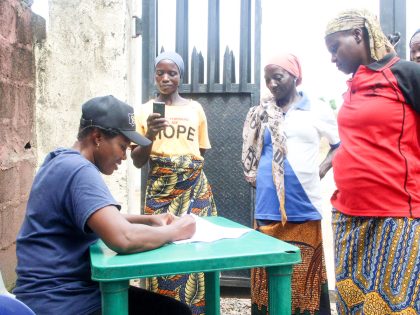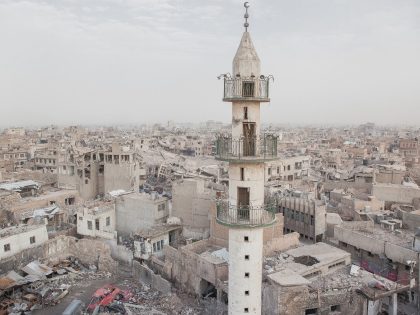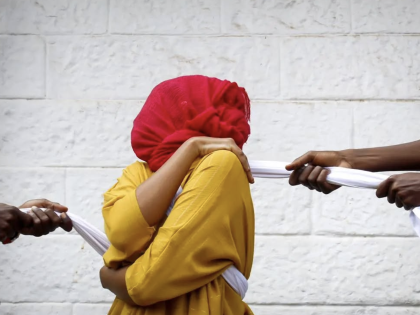The New Chimurenga
The most creative, incisive political arts and literary publication produced on the African continent, or anywhere for that matter.

(Wiki Commons).
From its inception as a one-off experiment in Cape Town more than 10 years ago, Chimurenga Magazine, named for the Shona (Zimbabwe) word meaning “revolutionary struggle” and founded by Jean Noel Ntone Edjabe, has evolved into arguably the most creative, incisive political arts and literary publication produced on the African continent, or anywhere for that matter. Over the years, with its highly original content and design, Chimurenga, which is also edited by Stacy Hardy, has adroitly demonstrated to its readers how to question (mis)representations of African people and politics. This week their new issue, the Chronic, launches worldwide.
Some readers might be confused since they can remember Chimurenga publishing an edition of the Chronic last year. But this is the official inaugural edition. Published in the form of a newspaper, complete with book review magazine and sports writing, the Chronic is an intrepid re-imagining of the literary magazine as we know it.
Through its reincarnation as “a gazette,” the Chronic confronts the very manner in which we take in information. By shedding light on the people and perspectives that those in positions of power would prefer to sweep under the rug, Chimurenga effectively pulls the rug out from under those very same power structures.
Within the pages of the Chronic are stories ranging from investigations into the business of moving corpses to the rhetoric of land theft and loss; from latent tensions between Africa’s most powerful nations to the soft power of the biggest satellite television provider. These stories push us as readers and thinkers to interrogate the information we receive and to reflect on how we as individuals and as communities respond (or fail to respond) to social injustices. Reading Chimurenga represents the essential beginning of the process to reconfigure the social archive of our collective memory. This is a process of unlearning, of resistance, of disassembling constructed versions of history, while daring to reengage with our humanity, our diversity and our revolutionary spirit.
The Chronic features writing and artwork from filmmaker Jean-Pierre Bekolo, writer Binyanvanga Wainaina, Rustum Kostain and Nic Mhlongo, academics Dominique Malaquais and Mahmood Mamdani, provocateur Andile Mngxitama, Gwen Ansell, Patrice Nganang, Achal Prabhala, Karen Press, Paula Akugizibwe, Tolu Ogunlesi, AIAC’s Sean Jacobs (who was also present for some of the early issues as a contributing editor), Harmony Holiday, Howard French, Billy Kahora and others.
To get a copy of the Chronic, go here. To read articles from past issues of Chimurenga, go here.
Bonus: To put some faces to Chimurenga, here’s a video AIAC’er Dylan Valley made of Chimurenga around the time they won the Prince Claus Fund prize in 2011:









